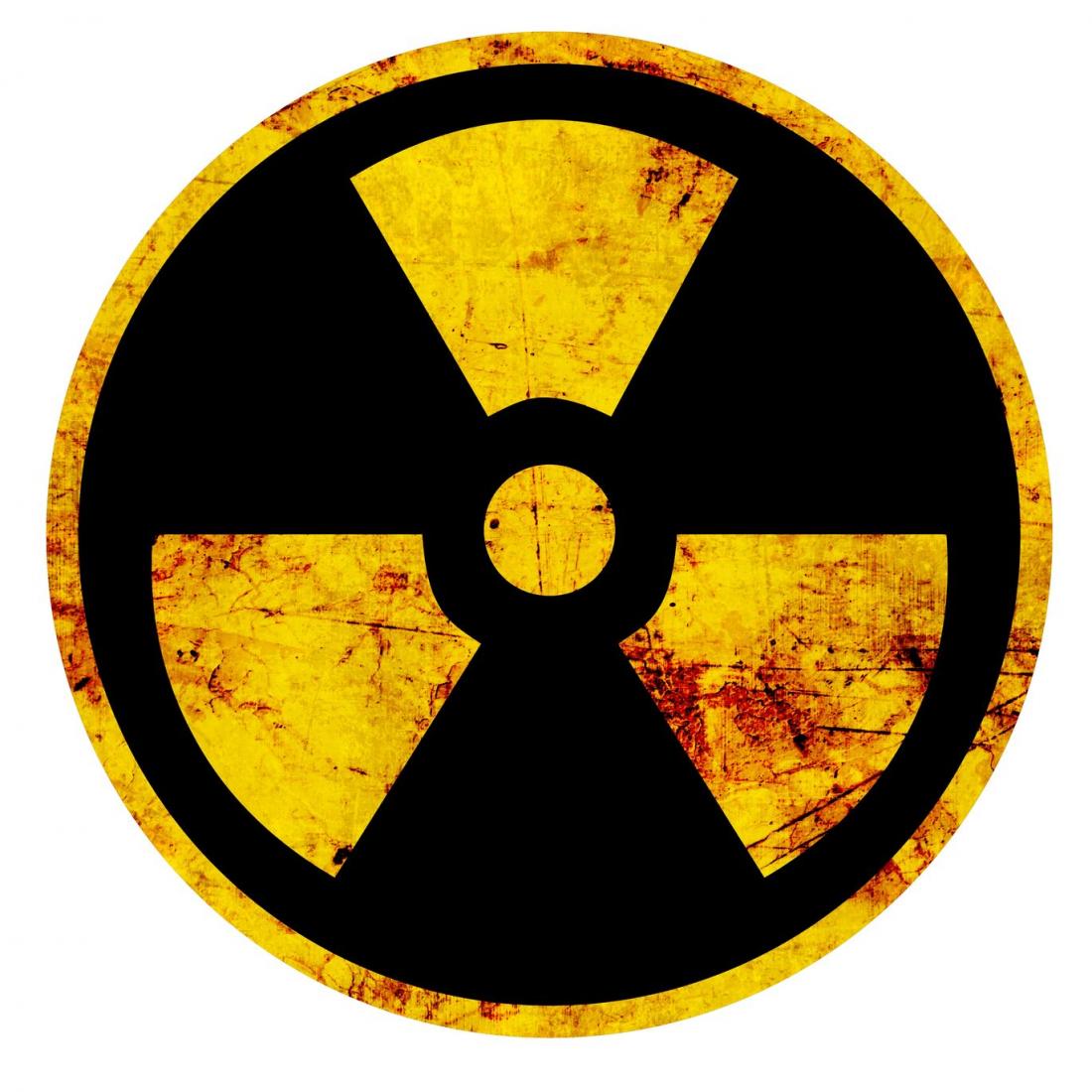"The detection sensitivity has been increased to 4,800 times compared to the conventional theoretical sensitivity," Dongsung Kim of UNIST, the author of the study, says.
A new device can detect small amounts of radioactive materials from several hundred metres away, according to a study published in Nature Communications. Researchers from Ulsan National Institute of Science and Technology (UNIST) in South Korea increased the sensitivity of a radioactive detector by using high-power pulsed electromagnetic waves.
Detecting hazardous radioactive materials remotely has been virtually impossible due to limitations in currently available detectors. Typical radiation detectors can detect one millicurie (mCi) of Cobalt-60 (60Co) at a maximum distance of 3.5 metres, but have difficulty sensing lower levels of radioactivity or at longer distances.
UNIST physicist Eunmi Choi and her research team developed a new method for remote detection using a gyrotron that produces high-power pulsed electromagnetic waves. Unlike other detectors that must be located close to the radioactive source, electromagnetic waves can be sent to cover long distances by an antenna. When the wave beam encounters radioactive material, it generates plasma in the material’s vicinity. Plasma is the fourth state of matter that resembles ionized gas, and requires high heat or a strong electromagnetic field to form. Once formed, plasma reduces the wave’s amplitude, which the team measures using a radio frequency detector. A photodiode, which senses light wavelengths, was also used to detect the light emitted by the plasma to help confirm the presence of radiation.
The team demonstrated that their method detected 0.5 microgram of Cobalt-60 from 1.2 metres away, the maximum distance allowed by the laboratory setup. While a short distance, the amount of material was so small that the experiment indicates a high level of sensitivity.
“The detection sensitivity has been increased to 4,800 times compared to the conventional theoretical sensitivity, enabling the detection of very small amounts of radiation,” says Dongsung Kim, the first author of the study.
The detector could be adapted to different situations. For example, a portable version could be installed in a vehicle to cover shorter distances, while a larger, stationary version could cover much longer distances.
“Depending on the equipment used, this method could scale to detect radioactivity at distances of at least tens of kilometres and possibly as far as one hundred kilometres,” says Choi.
Further information
Associate Professor Eunmi Choi | E-mail: [email protected]
Department of Physics
Ulsan National Institute of Science and Technology
----------------------------------------------------------------
Asia Research News is our annual magazine to highlight exciting research studies from our partners. 25,000 copies are printed and distributed to key figures in research. Download a PDF copy from the link below or contact us if you would like print copies.



